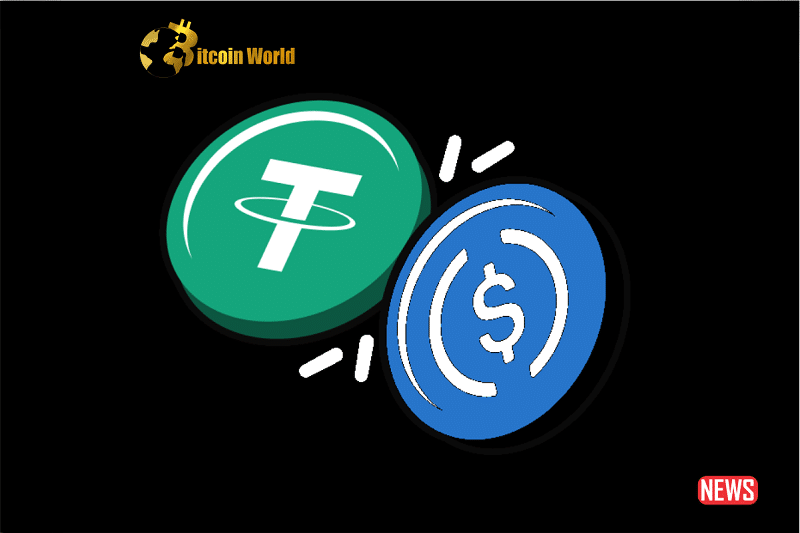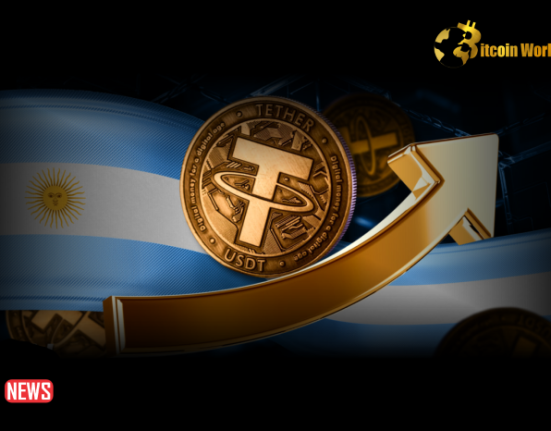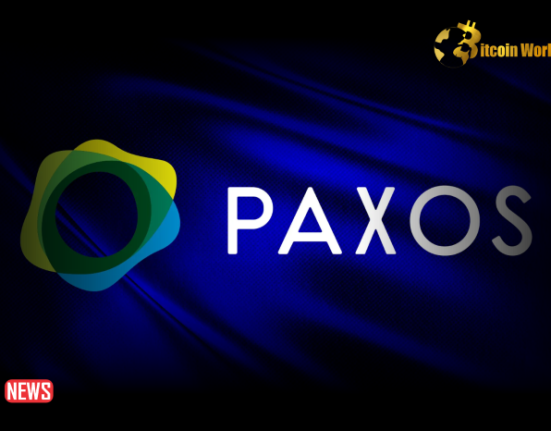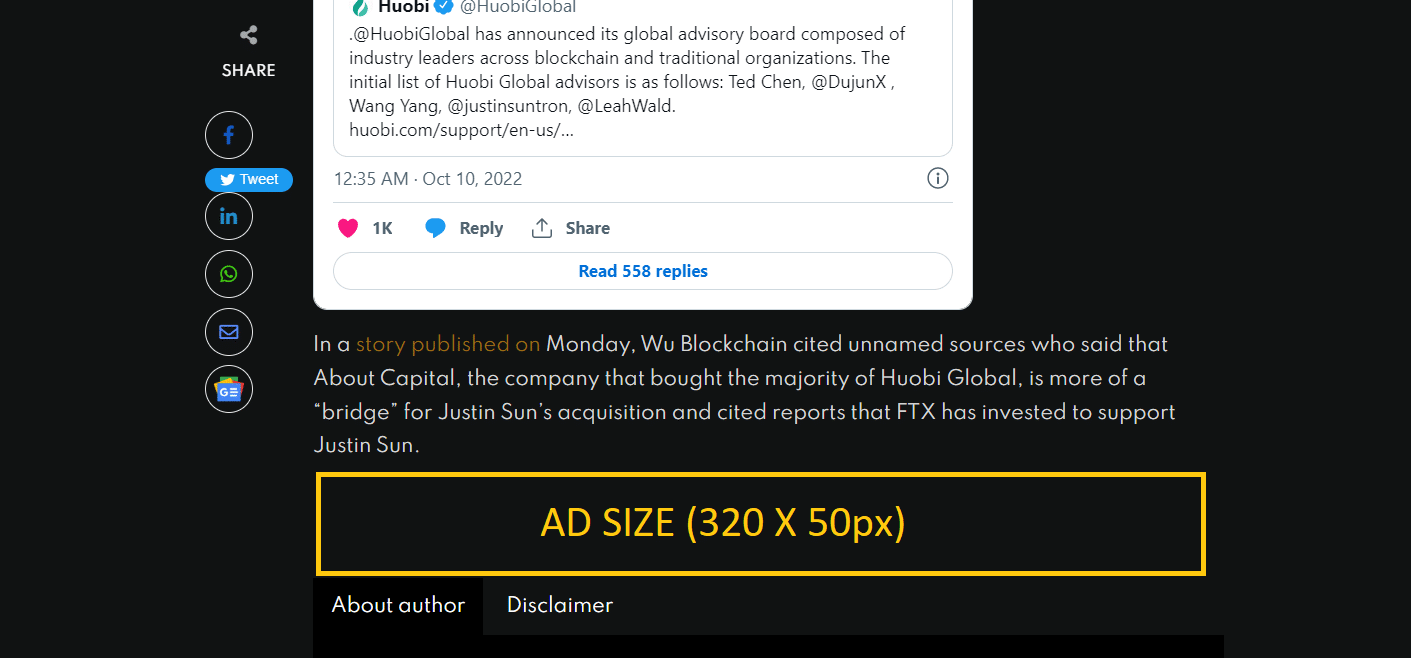The battle for supremacy among stablecoins is a fierce one, with USD Coin (USDC) and Tether (USDT) emerging as two key contenders. Recent insights shared by the market intelligence platform IntoTheBlock shed light on the nuanced preferences of institutional stablecoin investors, offering a comprehensive comparison of metrics associated with these prominent players.
Comparing the Metrics:
The contest begins with the metric of total addresses, where USDT takes the lead with a significant 4.1 million addresses compared to USDC’s 1.7 million, highlighting the former’s greater adoption.
Shifting to active addresses, the significance tilts towards USDT once again. The term “active addresses” signifies the total addresses engaging in transactional activities on the respective blockchain. As a proxy for unique stablecoin users, USDT boasts nearly four times the user engagement compared to USD Coin.
With a higher user base, the volume of transactions involving USDT naturally surges. However, transaction volume dynamics shift when scrutinizing the actual token movement. Surprisingly, while Tether witnesses about three times the daily transaction count of USD Coin, the latter outshines in terms of transaction volume. USD Coin registers a volume of 5.67 billion, surpassing USDT’s 4.5 billion. This intriguing shift hints at an intriguing aspect.
Unveiling Transaction Size and Wallet Balances:
This intriguing aspect rests in the average transaction size. USD Coin stands tall, with the average transaction moving around $140,000 worth of tokens. In contrast, USDT transactions hover around a lower average of $42,500. The numbers depict a clear pattern – larger transactions seem to gravitate towards USD Coin.
Peering into wallet balances, the disparity continues. The average balance for USDC wallets surpasses that of USDT. IntoTheBlock interprets these variations to suggest that USD Coin emerges as the favored stablecoin for institutional players and larger traders, while USDT resonates more with the retail user base.
The Market Cap Perspective:
USDT asserts its dominance when it comes to market capitalization. As the third-largest cryptocurrency in the industry, trailing only behind Bitcoin (BTC) and Ethereum (ETH), USDT showcases its widespread popularity. USDC follows in sixth place on the market cap hierarchy, trailing behind BNB (BNB) and XRP (XRP).
The Implications:
While USD Coin appears to be favored by a concentration of substantial investors and institutions, Tether shines brightly as the more popular and widely embraced stablecoin. As the stablecoin arena evolves, the competition between these two giants could shape the landscape, ushering in new dynamics in the world of cryptocurrency.
As the market continues to witness fluctuations, Bitcoin’s recent 2% surge, trading around $29,900, indicates the ongoing momentum in the cryptocurrency domain.














